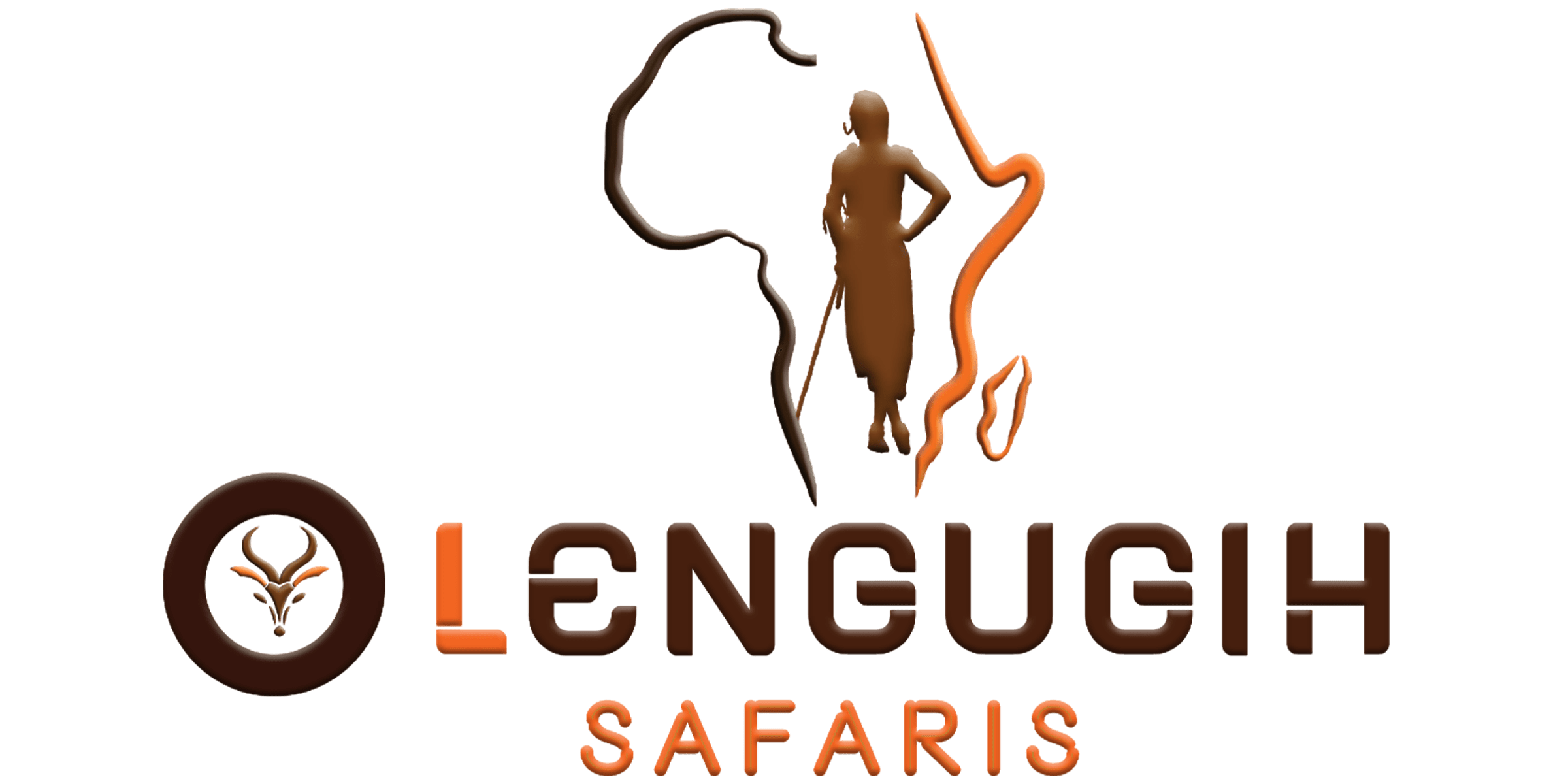Mafia Island is a stunning island off Tanzania’s southeastern coast in the Indian Ocean. Part of the Mafia Archipelago, it spans about 435 square kilometers, making it the third-largest island in Tanzania’s coastal waters. Known for its unspoiled beaches, rich marine biodiversity, and peaceful atmosphere, Mafia Island offers a quiet, authentic alternative to the more crowded Zanzibar.
Mafia Island lies across from the Rufiji River Delta, separated from the mainland by the 20-kilometer-wide Mafia Channel. The island features a variety of natural habitats, including mangrove forests, coral reefs, and coastal woodlands. It has a tropical climate, with average temperatures around 26.7°C and about 1,705 mm of rainfall each year. The main rainy season is from March to May, while the dry season runs from July to October.
Mafia Island is home to Tanzania’s first marine park—Mafia Island Marine Park, established in 1995. Covering over 820 square kilometers, the park protects a rich variety of marine life. It supports over 400 species of fish, several species of sea turtles, and seasonal populations of whale sharks. Its coral reefs and seagrass beds make it one of the best places in East Africa for snorkeling and scuba diving.
Mafia Island is ideal for travelers looking for adventure or relaxation. Popular activities include snorkeling, diving, swimming with whale sharks (October to March), and visiting the historic Kua Ruins on nearby Juani Island. The island’s peaceful setting and limited development offer a truly off-the-beaten-path experience, perfect for eco-tourism and nature lovers.
Mafia Island is accessible by daily flights from Dar es Salaam to Mafia Airport, close to the main town of Kilindoni. For a more adventurous journey, travelers can take a boat from Nyamisati village on the mainland to Kilindoni.
The island is known for its strong focus on conservation. Local and international initiatives support sustainable tourism, marine conservation, and community education. These programs help protect the island’s fragile ecosystems and preserve its cultural and environmental heritage.
WhatsApp us
